5 Pearl Necklace Mistakes That Are Costing You Money

Are you a fan of pearl necklaces? These classic jewelry pieces are often associated with grace and sophistication, but did you know you could make costly mistakes when buying and wearing them? Whether you're a seasoned pearl necklace collector or a beginner, avoiding these common mistakes is essential to ensure you get the most value for your money.

In this article, we'll look at five pearl necklace mistakes that could cost you money and provide tips on how to avoid them.
Mistake 1: Not considering pearl quality
One of the mistakes people commit when buying pearl necklaces is not considering the pearl quality in a chain. The quality of pearls can significantly affect their value, appearance, and durability. Factors such as surface texture, luster, color, nacre thickness, size, and shape are essential in determining pearl quality.
Note that High-quality pearls have minor imperfections, a bright luster, a consistent color, a thick nacre layer, and a round or uniform shape. Lower quality pearls may have noticeable imperfections, a dull luster, uneven color, a thin nacre layer, and an irregular shape.
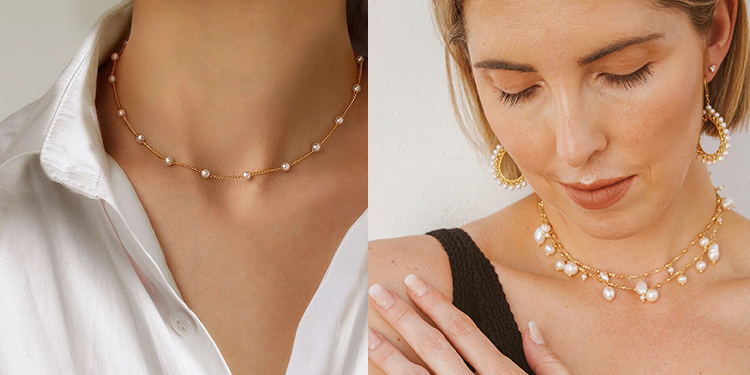
Pearl Types
Several types of pearls are available in the market, each with unique characteristics and value. Some of the most popular pearl types include Akoya pearls, Freshwater pearls, Tahitian pearls, and South Sea pearls.
Akoya pearls are typically smaller and have a more classic look, while Freshwater pearls are more affordable and available in various shapes and sizes. Tahitian pearls are known for their striking dark colors, while South Sea pearls are the most valuable and largest of all pearls.
Grading System
Pearls are graded based on their quality and value, with different grading systems used for other pearls. The most commonly used grading system for pearls is the AAA-A system, where AAA is the highest quality, followed by AA and A.
Mistake 2: Incorrect sizing
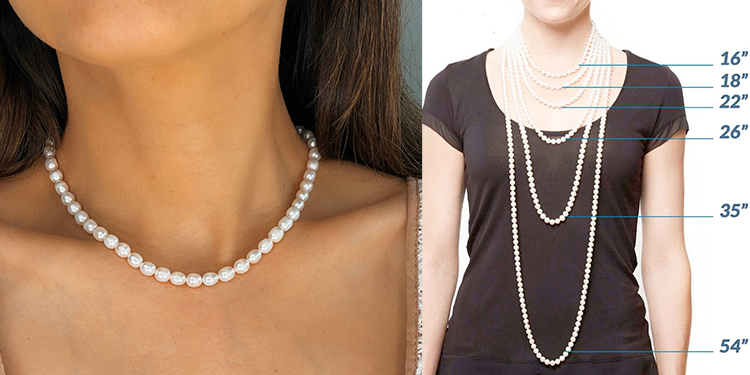
When purchasing a pearl necklace, incorrect sizing is a grave mistake. The right necklace size is vital to ensure it fits comfortably and looks proportionate to your body. Choosing a necklace that is too long or short can affect its overall appearance and make it uncomfortable to flaunt.
To choose the right size of pearl necklace:
-Consider your neck size, face shape, and body type.
-Measure your neck with a tape measure to determine its circumference, and add an inch or two to this measurement to ensure that the necklace fits comfortably.
-Consider your face shape and body type when choosing the length of the necklace.
For example, a shorter necklace may be more suitable for someone with a round face, while a longer necklace may complement someone with a longer neck.
Mistake 3: Inappropriate setting

Pearl necklaces are versatile accessories worn in various settings, but certain necklaces may be more suitable for specific occasions or events. For example, a simple strand of pearls may be more appropriate for a professional setting, such as a business meeting or job interview.
At the same time, a more ornate or colorful necklace may suit a particular event better, such as a wedding or formal dinner. Wearing a pearl necklace that is too flashy or distracting in a conservative setting may be seen as inappropriate or unprofessional.
Mistake 4: Improper Care and maintenance
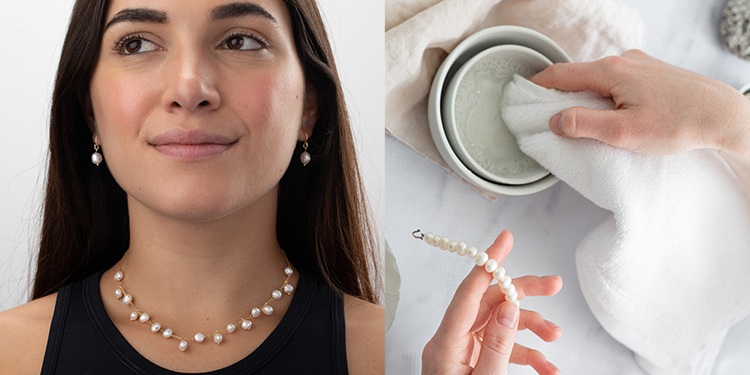
Pearls are delicate and require gentle care to maintain luster and quality over time. Failure to properly care for your pearl necklace can lead to damage, discoloration, and loss of value. When caring for a pearl necklace, avoid exposing a pearl necklace to harsh chemicals, such as perfume, hairspray, moisturizer, or creams. These chemicals can damage the mother of the pearls.
It's also essential to avoid exposing pearls to extreme temperatures and direct sunlight, which can cause discoloration or loss of luster. Storing your pearl necklace properly is vital to maintaining its quality over time. Avoid storing pearls with other jewelry, as they can become scratched or damaged. Instead, store them in a soft cloth or pouch, away from direct sunlight or heat.
Mistake 5: Not Investing in Timeless Designs
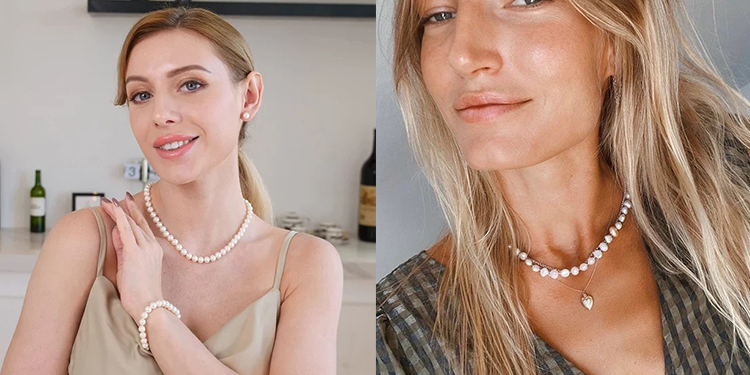
While following the latest trends or opting for flashy, eye-catching designs can be tempting, these styles may take time and quickly go out of fashion. Instead, choosing a pearl necklace with a classic, timeless design that can be worn for many years is essential. Simple, elegant designs, such as a single strand or a delicate pendant, are always in style and can be worn with various outfits and settings.
Investing in a timeless pearl necklace can also be an intelligent financial decision, as it can hold its value and even appreciate over time. Classic designs are always in demand and can be passed down as heirlooms or sold for a reasonable price.
FAQs
Should you wear a pearl necklace while sleeping?
No, the pearl jewelry should be removed before bed to prevent damage from moisturizers, night creams, or perfumes that may attack the pearl's calcium.
How to prevent staining your pearl jewelry?
Pearl jewelry can staine despite taking precautions. Cleaning pearls with a soft cloth after every wear is best to remove natural body oils, sweat, and environmental pollutants.
What are the etiquettes for wearing a pearl necklace?
Traditionally, etiquette dictates wearing a single-strand pearl necklace with a blouse during the day. However, pearls can be worn with any outfit for any occasion. They are versatile pieces of jewelry.


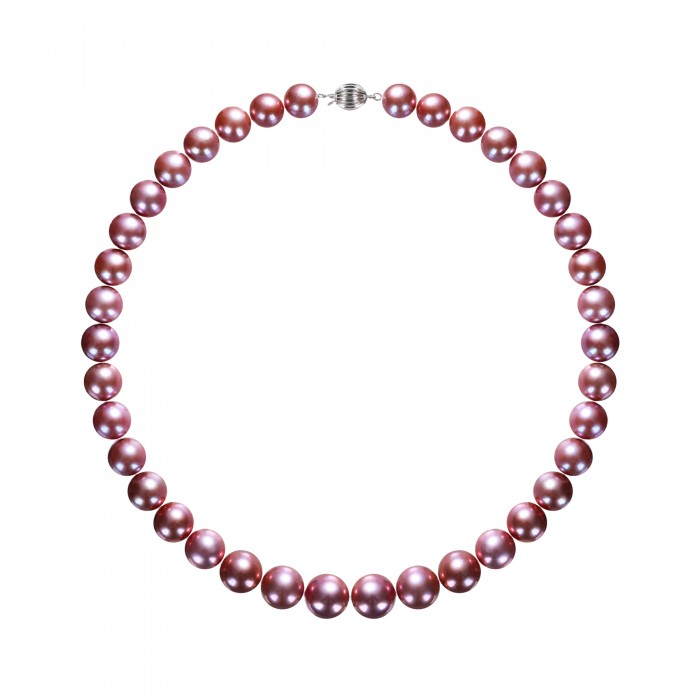
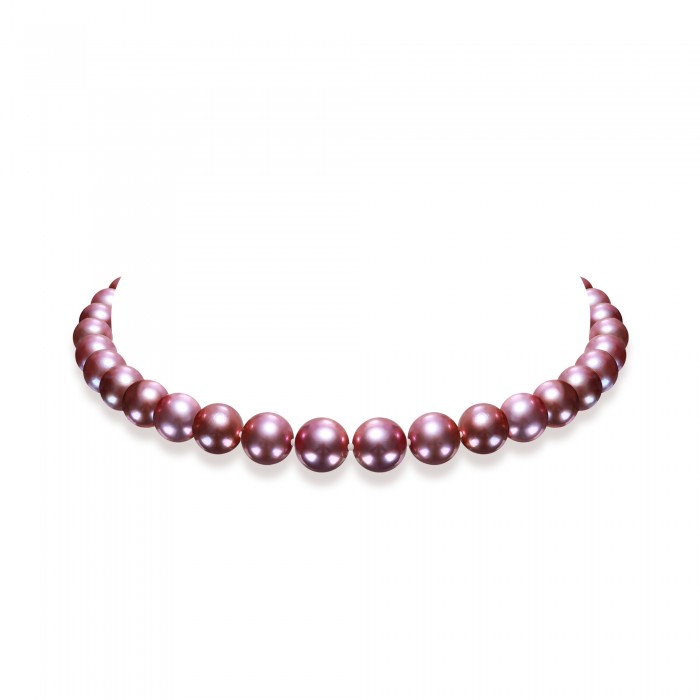
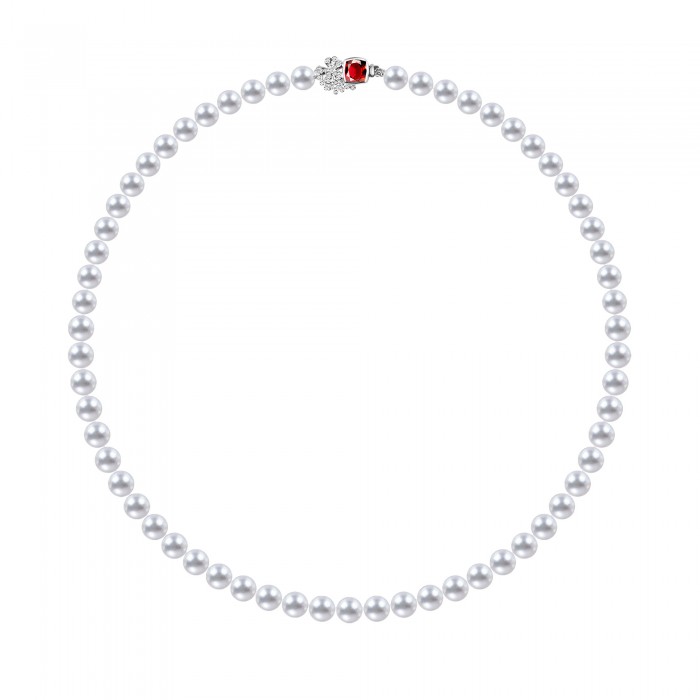
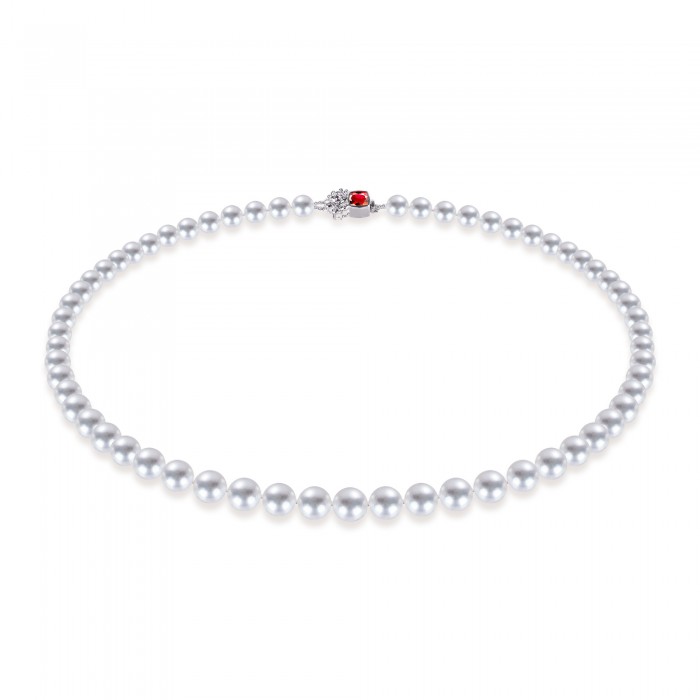
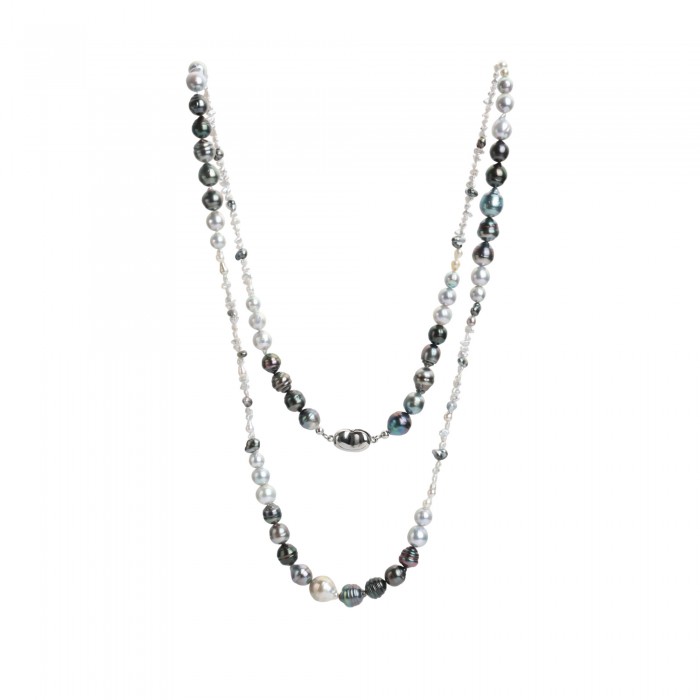
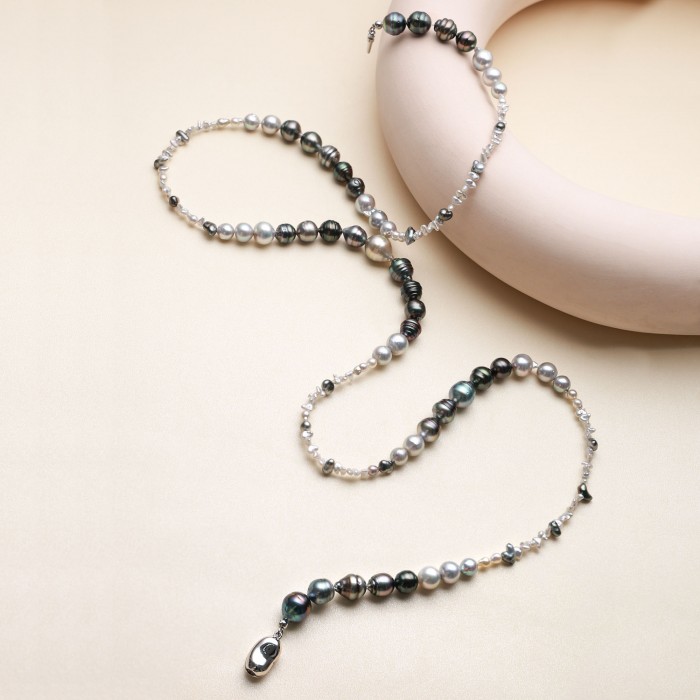
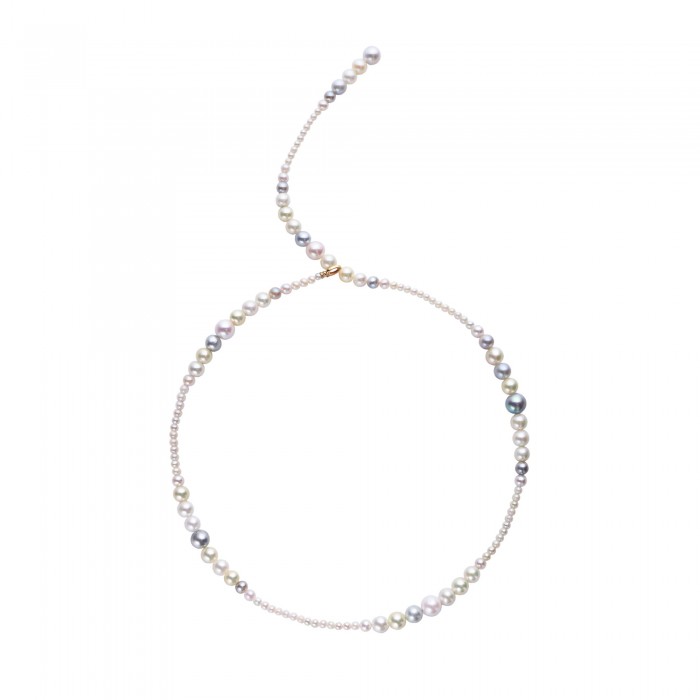
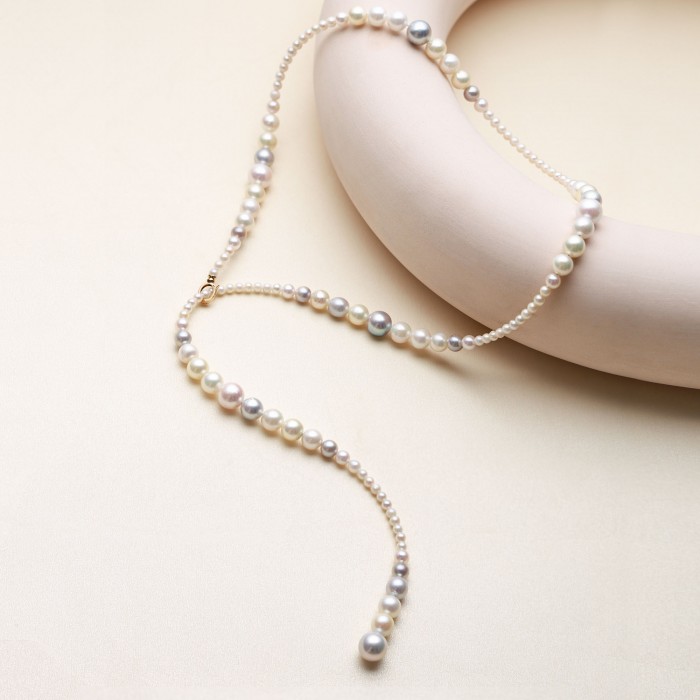
Leave a Comment